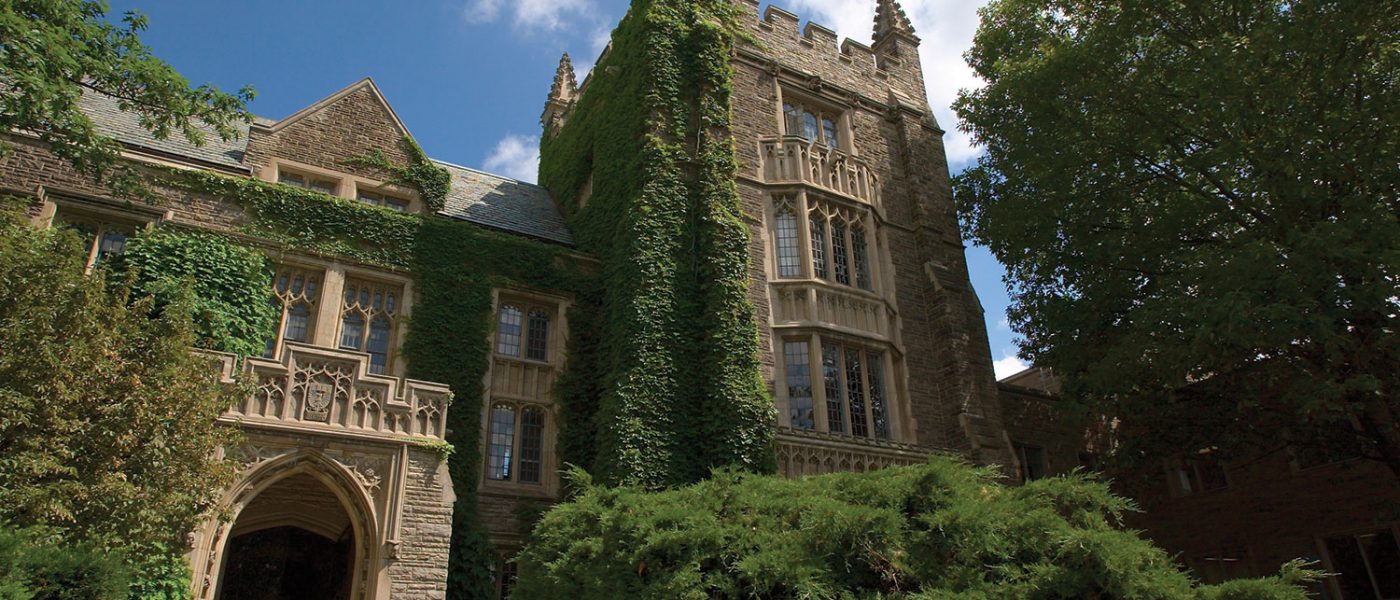

“This donation can be considered an investment that will spawn a hub of biomedical innovation in both Hamilton and Birmingham, with hives of start-up companies manufacturing life-saving medical products,” said John Kelton, a university professor of medicine at McMaster and longtime friend of the Heersinks. In September 2021, Marnix and Mary Heersink committed $95 million to the University of Alabama at Birmingham to establish a similar institute, which is intended to complement and work with the programs at McMaster. In addition, the gift includes funding for the Mary Heersink Centre for Global Health, named after Marnix Heersink’s wife, a founding member of the international advisory board for McMaster’s Global Health Graduate Program. Heersink School of Biomedical Innovation and Entrepreneurship endow two professorial chairs, one in biomedical innovation and the other in biomedical entrepreneurship create a development fund for innovation and commercialization and provide C$5 million ($3.9 million) for the new Global Nexus building, a contribution that the university will match. By providing more primary care integration, referrals in the community, as well as alternate sub-acute destinations, some patients may not require ED transport, thereby reducing the burden in our EDs," says senior author Andrew Costa, adjunct scientist at ICES and an associate professor of the Department of Health Research Methods, Evidence, and Impact at McMaster University.McMaster University in Hamilton, Ontario, has announced a gift of C$32 million ($25.1 million) from Marnix Heersink, an Alabama physician and entrepreneur. "Paramedicine should cultivate new care models that incorporate more primary care integration, with a focus on older adults. The study's findings support workforce planning and models of care development to better address the needs of patients who use paramedic services. "The majority of transports in 2019 had non-emergent triage scores and there was a lot of growth in non-urgent transports, which suggests that citizens are also using paramedics as a means of accessible healthcare, but not strictly for emergency purposes," says Strum. However, paramedic transports also increased substantially in rural and northern regions. Patient characteristics and reasons for ED visits remained consistent across the study period, with the largest users of paramedicine being persons aged 65 or older (43.7%) and living in urban areas. In the ten years prior to the pandemic, Ontario's overall paramedic transports increased consistently by 38.3%, far outpacing population growth at 9.6% and walk-in visits to the ED at 13.4%. Italian study finds SARS-CoV-2 in clinical samples collected before December 2019.Relapse of COVID-19 symptoms and SARS-CoV-2 viral load following nirmatrelvir/ritonavir treatment.COVID-19 may provoke IgA-associated vasculitis.


Ryan Strum, lead author, PhD candidate in the Department of Health Research Methods, Evidence, and Impact at McMaster University Our findings highlight the need for health policy makers to re-evaluate paramedic service organization to reduce ED overcrowding and build sustainable models for prehospital care for the future- especially as transports continue to rise." Growth of paramedic transports is an unreported contributor to ED overcrowding, as paramedics are restricted from transporting patients to non-ED alternatives. The data suggests that paramedic services, like EDs, are experiencing similar operational pressures to provide timely healthcare amid a consistently growing demand for services. Patients triaged in the ED who arrived by paramedics or walk-in were included and clustered by geographical region. In this study published in the Canadian Journal of Emergency Medicine, changes in annual paramedic transports in the ten years prior to the COVID-19 pandemic were examined. There is a gap in the research exploring changes in paramedic transports compared to population growth and walk-in ED visits. The increased rates of paramedic transports could be a contributing factor to overcrowding and long wait times in hospital EDs. Increase in paramedic transport rates over the last decade far exceeds population growth and walk-in emergency department (ED) visits in Ontario, according to a new study from ICES and McMaster University.


 0 kommentar(er)
0 kommentar(er)
